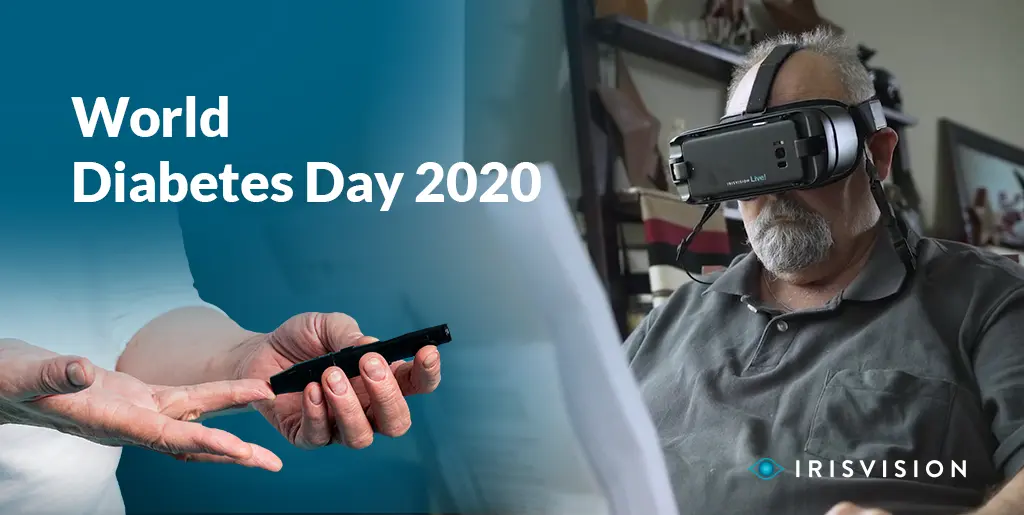The search for the best low vision aids is a never ending process due to the fact that each low vision aid is task-centric especially for individuals with diabetes and low vision
For diabetic patients, devices that provide additional lighting, viewing choices, focus adjustment/magnification power, and color contrast options are all great features of low vision aids for diabetic patients.
IrisVision can be classified as one such device that equips features that make it the best low vision solution. A wearable easy to use device that gives you that extra-wide field of view enabling you to capture moments, magnify images, and connect to the outside world.
A portable hands-free device that gives you the independence to perform any task anywhere without the slightest inconvenience, relieving you of the troublesome task of switching in between devices when performing various routine tasks in your everyday life.
It would be accurate statement to say that for all these reasons, IriVision qualifies as the complete package, the leading low vision device in the U.S.
One of the prominent low vision issue is the inability to read with ease, see far off objects, but with IrisVision’s reading line mode, you are provided with a virtual magnification bar in the center of the screen, allowing you to magnify more than one line of text at the center of the bar.
The reading mode enables you to change the background color to choose from i.e. white, black, green, yellow as well as change the text color according to your preferred color tone, bringing back the excitement and making reading an eventful experience.
With IrisVision’s comprehensive features, you can capture images with a high resolution camera, which not only captures the visual image but processes and magnifies in real-time.
IrisVision with its comprehensive features truly fits the criteria for the best low vision aids for diabetic patients. The ‘RP Mode’ squeezes the captured visual scene into a smaller area, enabling you to move it across to your central vision, a feature for patients suffering from glaucoma.





